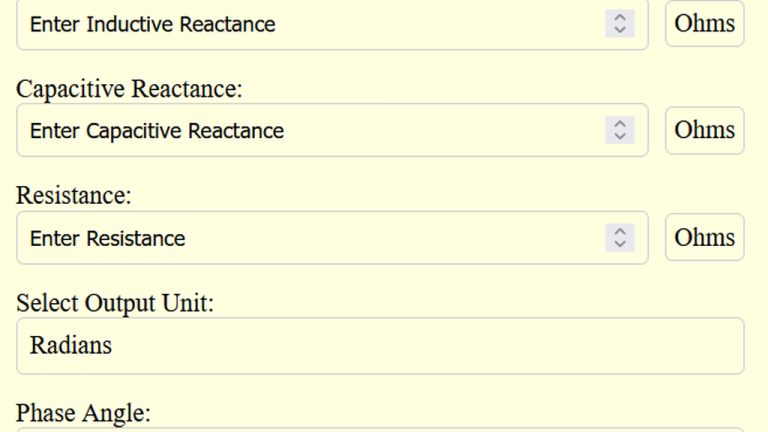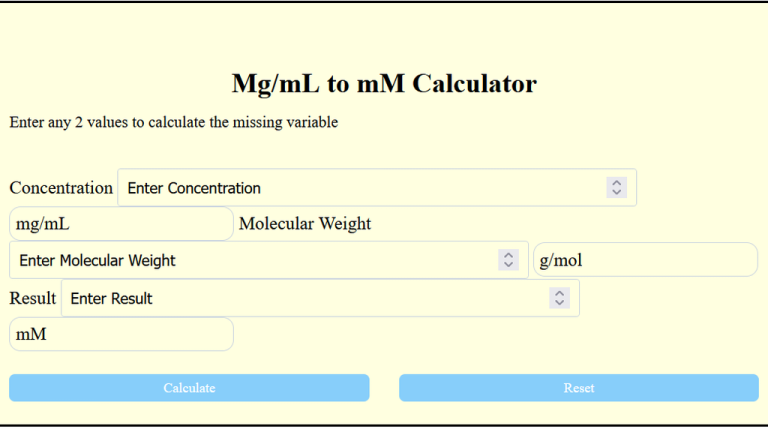AC ↔ DC Voltage Calculator – Alternating Current To Direct Current
To calculate DC voltage from AC voltage, multiply the AC voltage by 0.636. This formula applies to converting RMS AC voltage to its approximate DC equivalent in rectified circuits.
To calculate DC voltage from AC voltage, multiply the AC voltage by 0.636. This formula applies to converting RMS AC voltage to its approximate DC equivalent in rectified circuits.
The AC ↔ DC Voltage Calculator simplifies the conversion between alternating current (AC) and direct current (DC) voltages. Undoubtedly, it is a vital task in electrical engineering and electronics. It’s particularly helpful for designing circuits, testing power supplies, or understanding rectification processes.
Whether you’re calculating the DC equivalent of a given AC voltage or analyzing the relationship between these two types of current, this calculator ensures accuracy and efficiency. Ideal for professionals and hobbyists alike, it streamlines complex calculations with ease.
Vdc = Vac ∗ 0.636
| Variable | Description |
|---|---|
| Vdc | Direct current (DC) voltage |
| Vac | Alternating current (AC) voltage |
Example 1:
| Step | Value |
|---|---|
| AC Voltage (Vac) | 120V |
| Formula Used | Vdc = Vac ∗ 0.636 |
| Result | Vdc = 120 ∗ 0.636 = 76.32V |
| Answer | 76.32V |
Example 2:
| Step | Value |
|---|---|
| AC Voltage (Vac) | 230V |
| Formula Used | Vdc = Vac ∗ 0.636 |
| Result | Vdc = 230 ∗ 0.636 = 146.28V |
| Answer | 146.28V |
The AC ↔ DC Voltage Calculator is a versatile tool. This accessory is perfectly suitable for converting the alternating current (AC) voltage to direct current (DC) voltage and vice versa. It is chiefly beneficial for electrical engineering, solar energy systems, and circuit design. By using this calculator, users can quickly determine voltage equivalencies, ensuring precise power management.
This tool simplifies calculations such as AC to DC conversion, DC to AC voltage conversion, and assessing the relationship between root mean square (RMS) and peak voltage. Whether you’re working on a 12V DC to 240V AC system or calculating DC voltage drop across a resistor, the calculator provides reliable results for both single-phase and three-phase circuits.
Additionally, it assists in understanding formulas like the AC-to-DC conversion ratio or the DC equivalent of AC voltage, helping professionals optimize power systems and troubleshoot effectively.
In summary, the AC ↔ DC Voltage Calculator is an indispensable tool for accurate voltage conversions. It enhances efficiency and reliability in electrical calculations, making it ideal for professionals and hobbyists working with power systems and electrical devices.

To calculate the cost per mile of driving, add the fuel cost per mile, depreciation cost per mile, and a general maintenance cost. The Cost Per Mile of Driving Calculator is a driver-friendly tool. With it, the drivers can estimate the cost of each mile driven, including fuel, depreciation, and maintenance. This information is invaluable…

Use the formula A=arctan(XL−XCR)A = \arctan\left(\frac{X_L – X_C}{R}\right) to calculate the phase angle by finding the arctangent of the ratio of reactance difference to resistance. The Phase Angle Calculator determines the phase difference between the voltage and current in an AC circuit. This is crucial for analyzing the behavior of circuits with resistors, capacitors, and…
READ ALSO: Black Hole Radius Calculator

To find percent abundance, divide the isotope mass by the average atomic mass, then multiply by 100. The Percent Abundance Calculator is a fine tool for the calculation of natural abundance of an isotope in a sample. This calculation functions well in chemistry and physics by giving insight into the distribution of isotopes for an…
To calculate the FOC (Front of Center) of an arrow, multiply the distance from the balance point to the center of the arrow by 100, and then divide by the total length of the arrow. F.O.C. (Forward of Center) Calculator Enter any 2 values to calculate the missing variable Distance from the Nock Groove to…

To convert mg/mL to millimolar (mM), divide the concentration in mg/mL by the molecular weight (MW) in g/mol and multiply by 1000. The Mg/mL to mM Calculator oversimplifies the process of converting milligrams per milliliter (mg/mL) to millimolar (mM). This tool is particularly helpful in laboratory settings, pharmaceutical applications, and research involving solution preparation or…